An extensive collection of over 2,000 works of Indonesian modern and contemporary art have accumulated for about four decades by art collector Dr. Oei Hong Djien. Part of the collection can be viewed in the four separate buildings of the OHD Museum since 1997. The museum has been serving the Indonesian art scene as a platform for education and a source of information for research and publication.
LARRY’S LIST spoke to dear friend Dr. Oei who illustrate why museums should not only accumulate in big cities; what has given him priceless inner satisfaction since the OHD museum has been set up; why we should keep an eye on the effect of crypto art on the art world, especially the museum; and his observation of the market for Indonesian contemporary art.
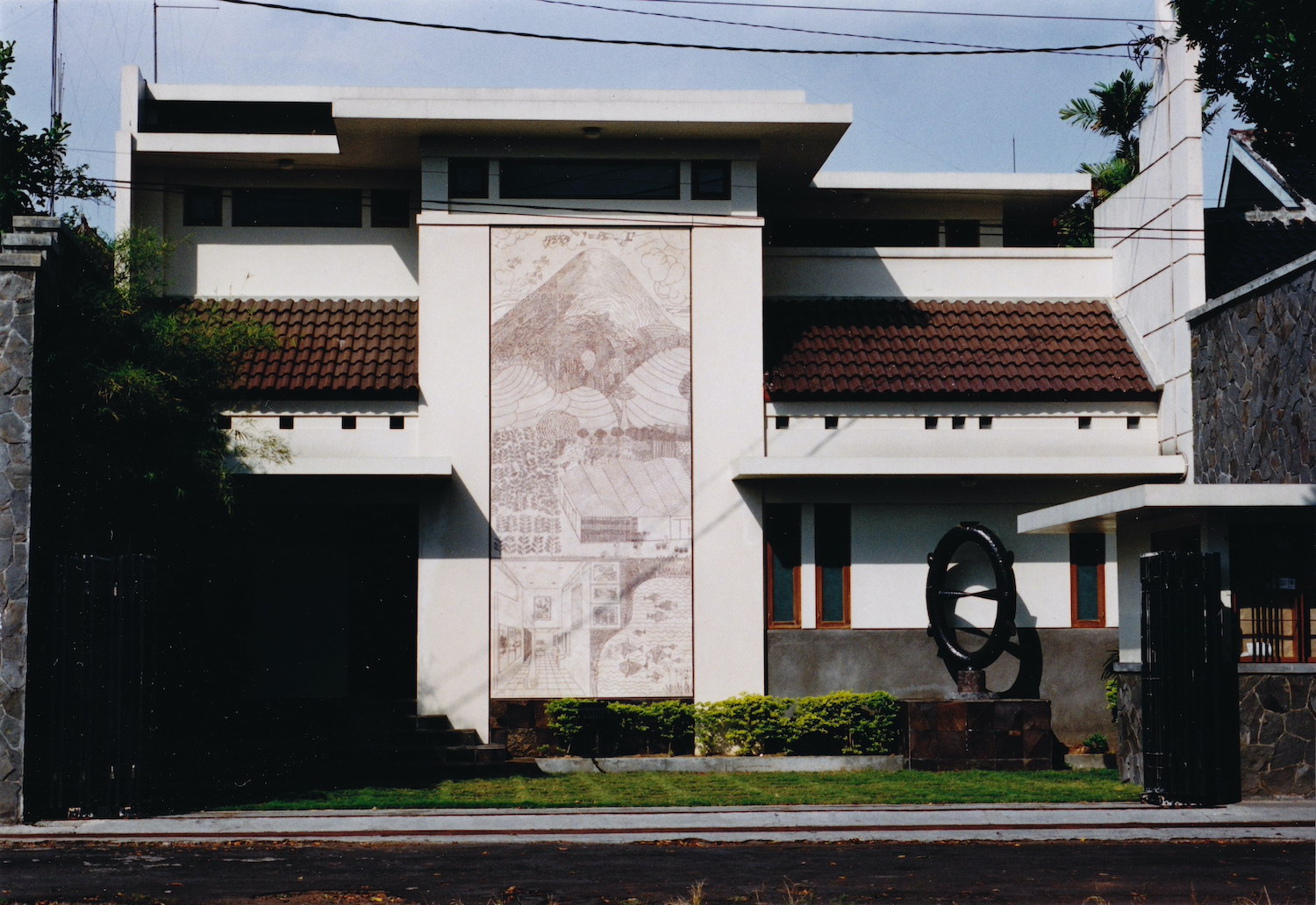
Background
What is your motivation behind opening a museum? Why is it important for you to share your collection with a wider public?
One of the museum’s duties is education, which is the task of the government. When I started building the museum — the first building finished in 1997 — the government had no effort to create a national art museum. If the government is still incapable, the private sector should undertake the responsibility, as the good works of art are in the collector’s hands. It is a shame if those cannot be seen, particularly by the art lovers. The private museums together can complement each other and represent a national museum, open for the public. Art museums are essential for a nation with a rich culture like Indonesia. Moreover, sharing the enjoyment of the arts is a satisfaction for me.
Why did you choose Magelang, Central Java for opening the museum there?
Magelang is my home town, 40 km away from Yogyakarta, the center for the arts with an enormous population of modern and contemporary visual artists. It is a very strategic location to develop a collection as the accessibility of the artist is at hand. Besides, museums should not accumulate in big cities but also be located in smaller towns for equal distribution of art education.
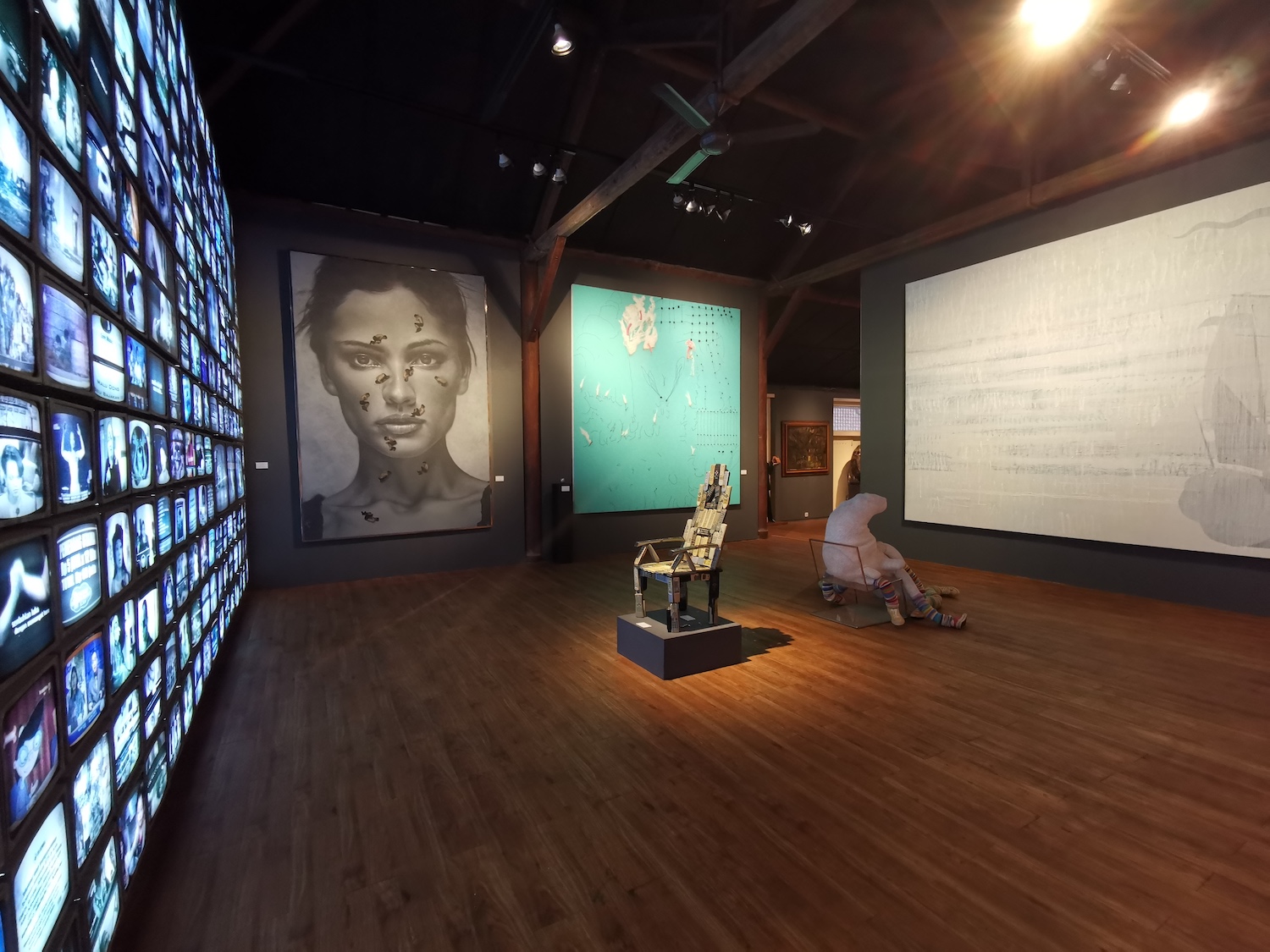
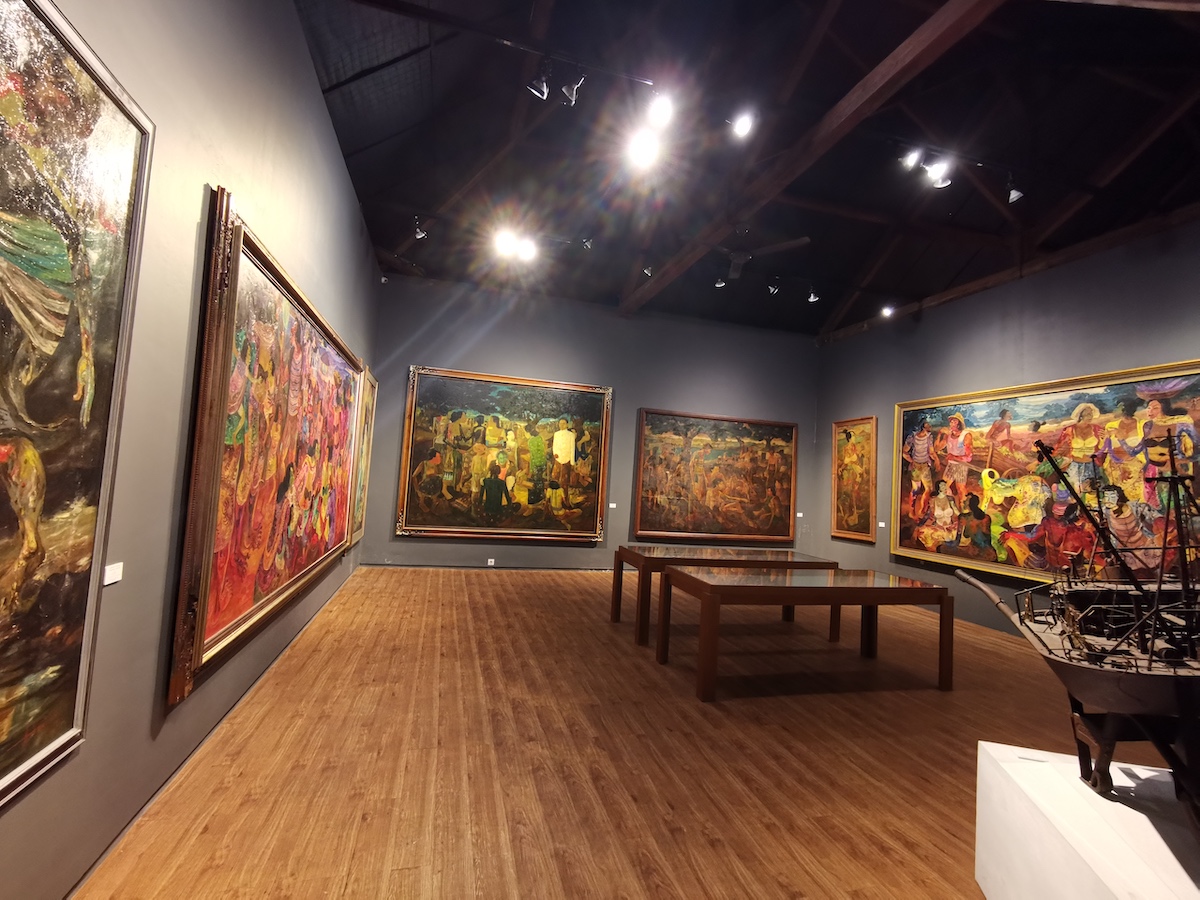
What are the missions of the museum?
The missions of the OHD museum are:
a. Collecting and preserving modern and contemporary Indonesian art.
b. Educational.
c. Promoting modern and contemporary Indonesian art.
d. Recreational, as in the modern concept, a museum is also a place for recreation and socializing.
What are the ways to achieve these missions?
a. Collecting, conserving, and restoring if damaged, documenting, and studying the works of art.
b. Making exhibition programs, publishing catalogs/books, organizing art talks/discussions, facilitating art students/scholars to research in conjunction with their study program/curriculum, and provides data for professional purposes.
c. Loaning works to art museums/institutions in the country and abroad for exhibition programs. Facilitating government and non-government institutions using the museum as a medium for Indonesian art and culture promotional purposes.
d. Organizing other events than the above that can create awareness for the arts
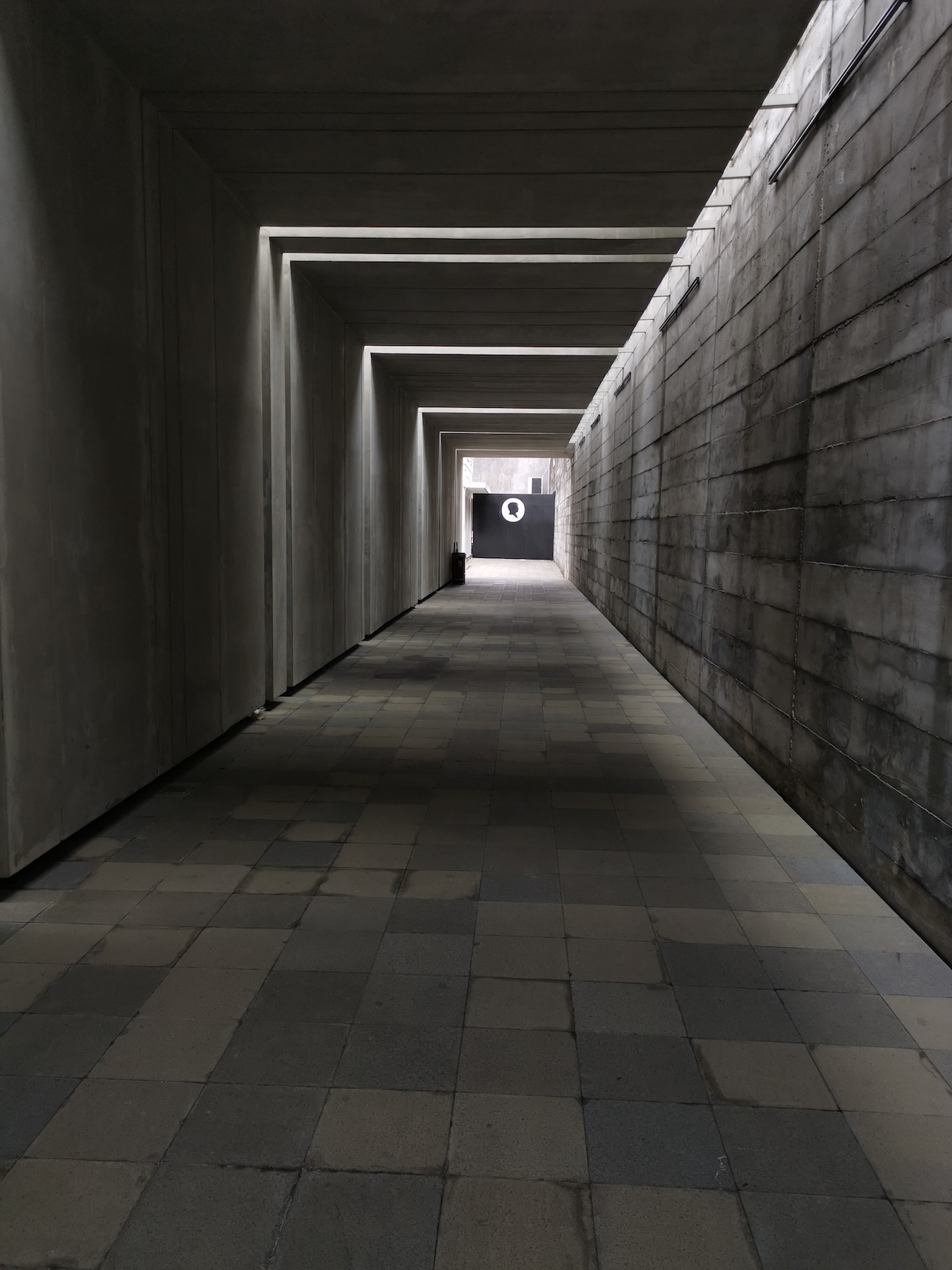
The collection
Out of over 2,000 artworks in the collection, how many of them are displayed in the museum? And how many of them are kept at home or other private spaces?
Up to 15% can be displayed in the 3 venues of the museum, depending on the size of the works. The remaining are shown at home and other private buildings, and most are in the storages; a few paintings are on loan.
What are the criteria to decide what from your collection to show in the museum?
It depends on the curatorial theme of the exhibition. It should fit with the exhibition’s context; it can be related to history or other stories, style, technic, object, period, groups of artists, media, etc.
How often do you rotate the display of your collection in the museum?
In the main venue, we normally have three temporary exhibitions a year. In the other two venues, the exhibitions are more permanent with partial rotation.
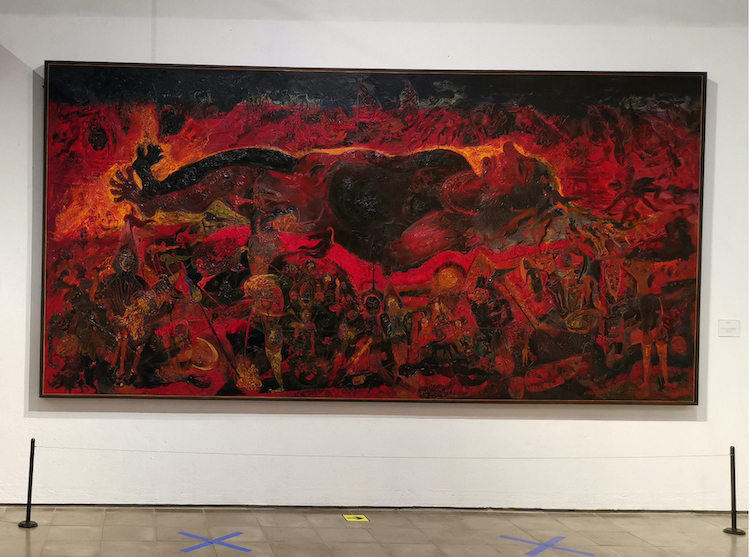
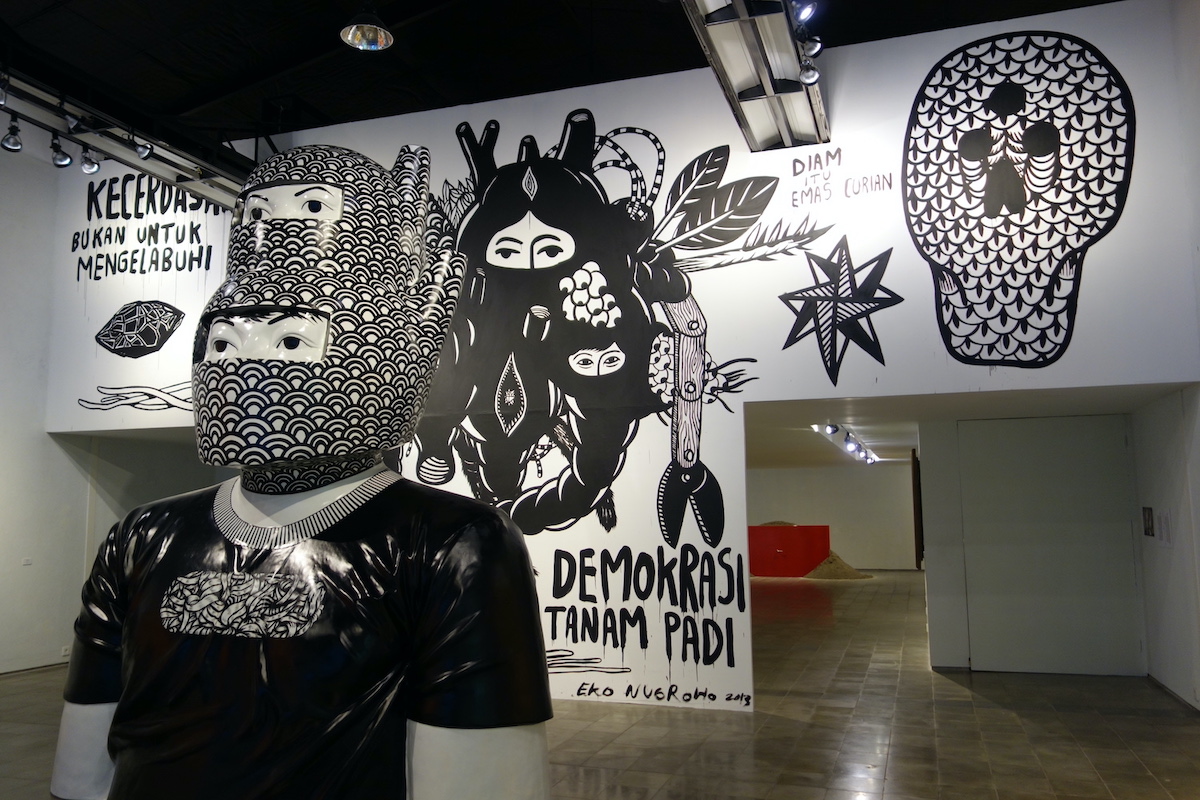
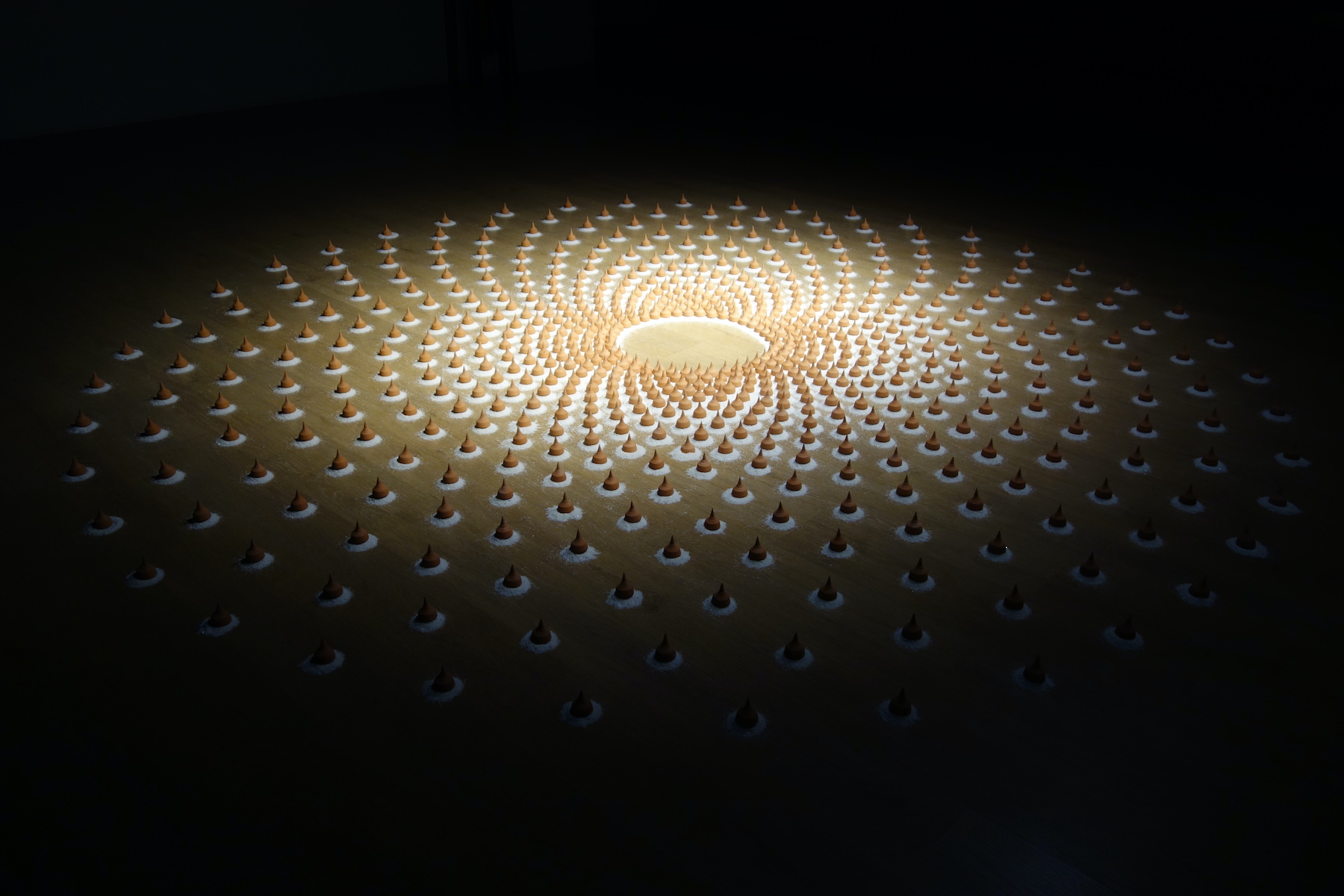
The programming and audience
How much do you involve in the programming as well as the curating of exhibitions in the museum?
Very much. The whole collection has been selected and acquired by myself for about four decades, so I am the most well-informed regarding the collection. I am the in-house curator. For the exhibitions curated by independent curators involving our collection, I have to assist them, knowing the collection’s repertoire. Occasionally, I curate an exhibition myself with or without a co-curator. We do the programming collectively by engaging external professionals, but I am always in the team.
How does OHD Museum interact with the local art scene? And how has the museum been contributing to Indonesian contemporary art developments?
From the beginning, we have a close and continuous relationship with the artists, mainly from Yogyakarta. Supporting young artists by collecting their works and helping their activities has been ongoing even before the OHD Museum was founded. We also lend works to other art museums/institutions for their exhibition programs.
How do you continue reaching out to your international audience when travel has been much restricted during the past year?
We do that through our website and using social media, such as WhatsApp and Instagram; and YouTube, e-mail, and other virtual means.
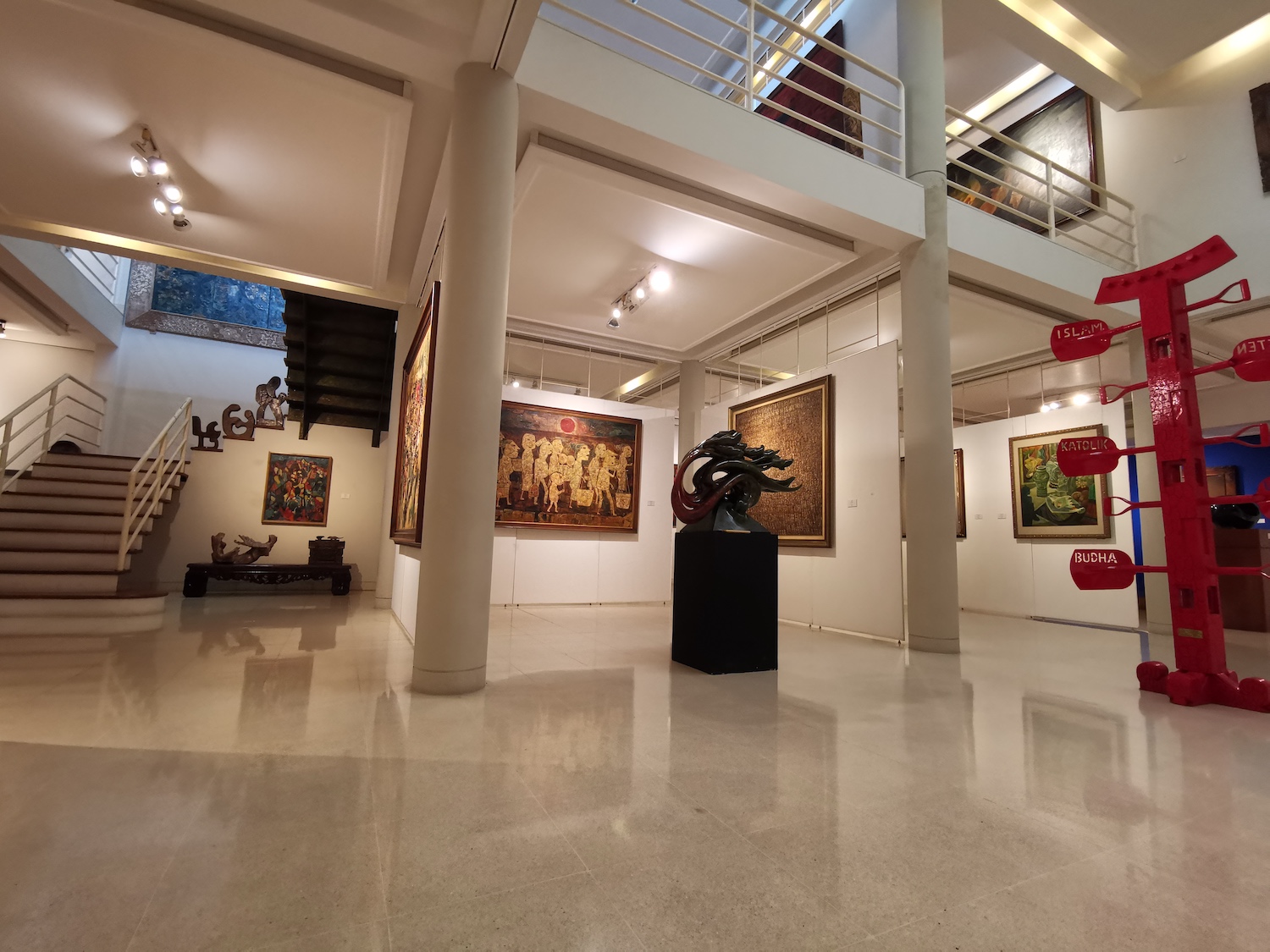
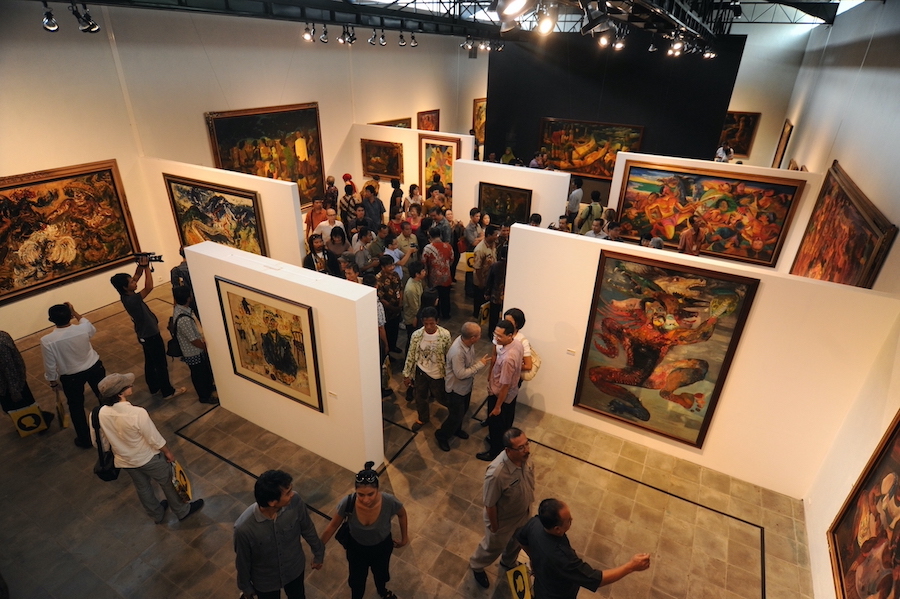
From museum to art market
What was your happiest or most memorable moment since OHD Museum has been set up?
It is hard to mention one moment. Whenever people visit OHD Museum and are fascinated by the collection is a happy moment, giving me priceless inner satisfaction. One of the most memorable moments is the inauguration of the main venue on my birthday, 5 April 2012, attended by an enormous number of visitors from many countries. I could surprise the art world with the best pieces of the collection.
What elements determine the success of a private museum?
A private museum’s success is when it can carry out its missions and achieve the goal, though not at once. The positive impression, acceptance, and judgment on the society’s side towards the museum is also an indication of success — as our mission is to serve the community.
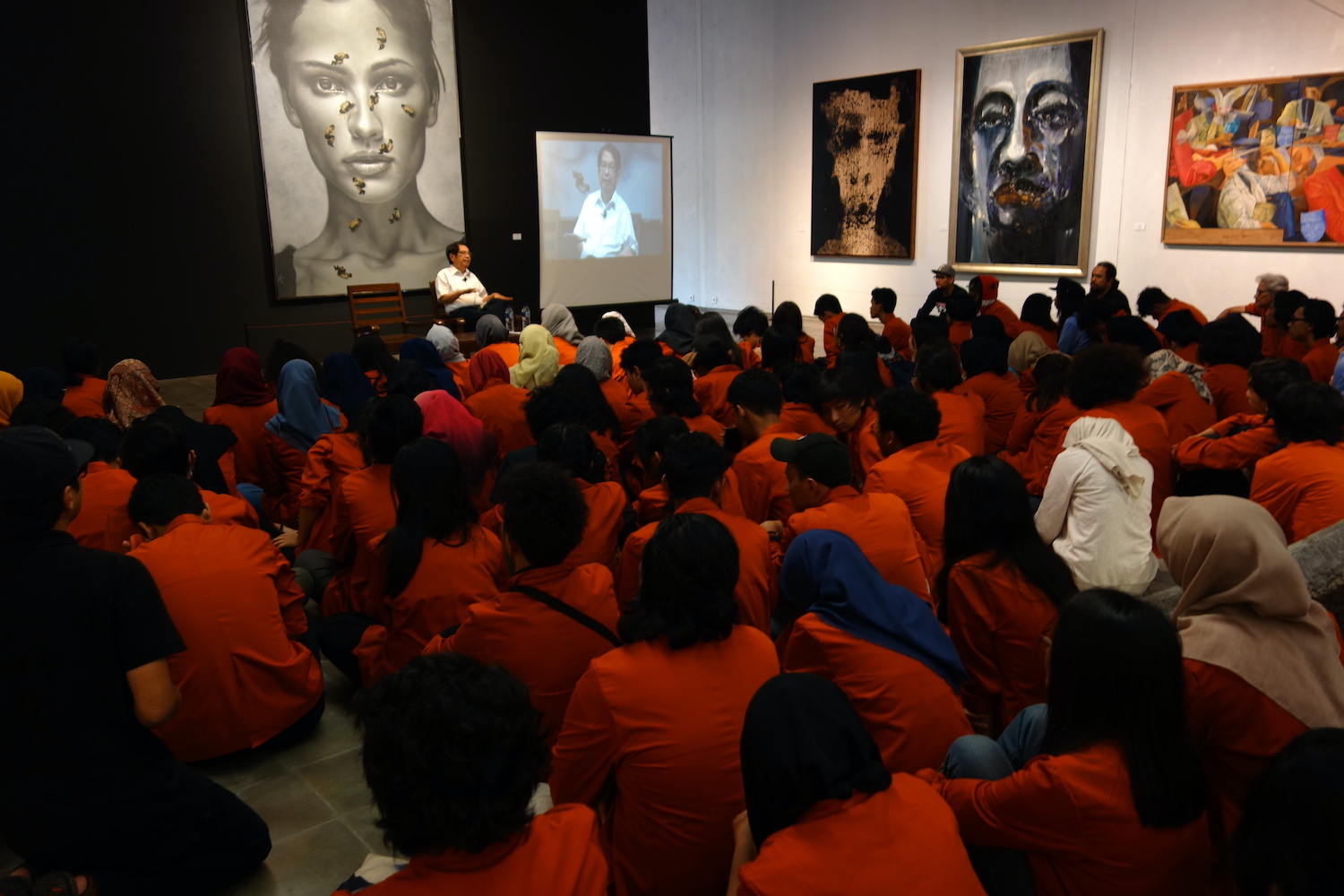
What are on your wish list in 2021 regarding artworks and your museum?
The condition of 2021 will be more or less the same as 2020 because the pandemic has not shown a significant drop. After being closed for nine months, the museum is open again since January, but with strict health protocol and visitors’ limitations. Doing exhibitions with big crowds like we have done before is not feasible. We focus on the conservation of the collection rather than making new acquisitions. We are preparing a new display space in an old existing building in one of the venues and using more outdoor spaces for sculptural display. Besides, we consider that upgrading the digital equipment is necessary as more events will go virtual in the future.
What are your visions for the museum in the next five and ten years respectively?
Museums all over the world are seriously affected by the Covid19 pandemic. The disruption will change the management of museums significantly. No one has found a proper solution in running a museum in the “new normal” time. That is why it is tough to make a long-term plan as there is no certainty yet. There will be a significant shift in infrastructures and maybe in the artworks, comprising the media, the presentation, the marketing, or even the form. The need for physical infrastructure will decrease while digital infrastructure will increase. With the fast progress of crypto art, we should keep an eye on its effect on the art world, especially the museum.
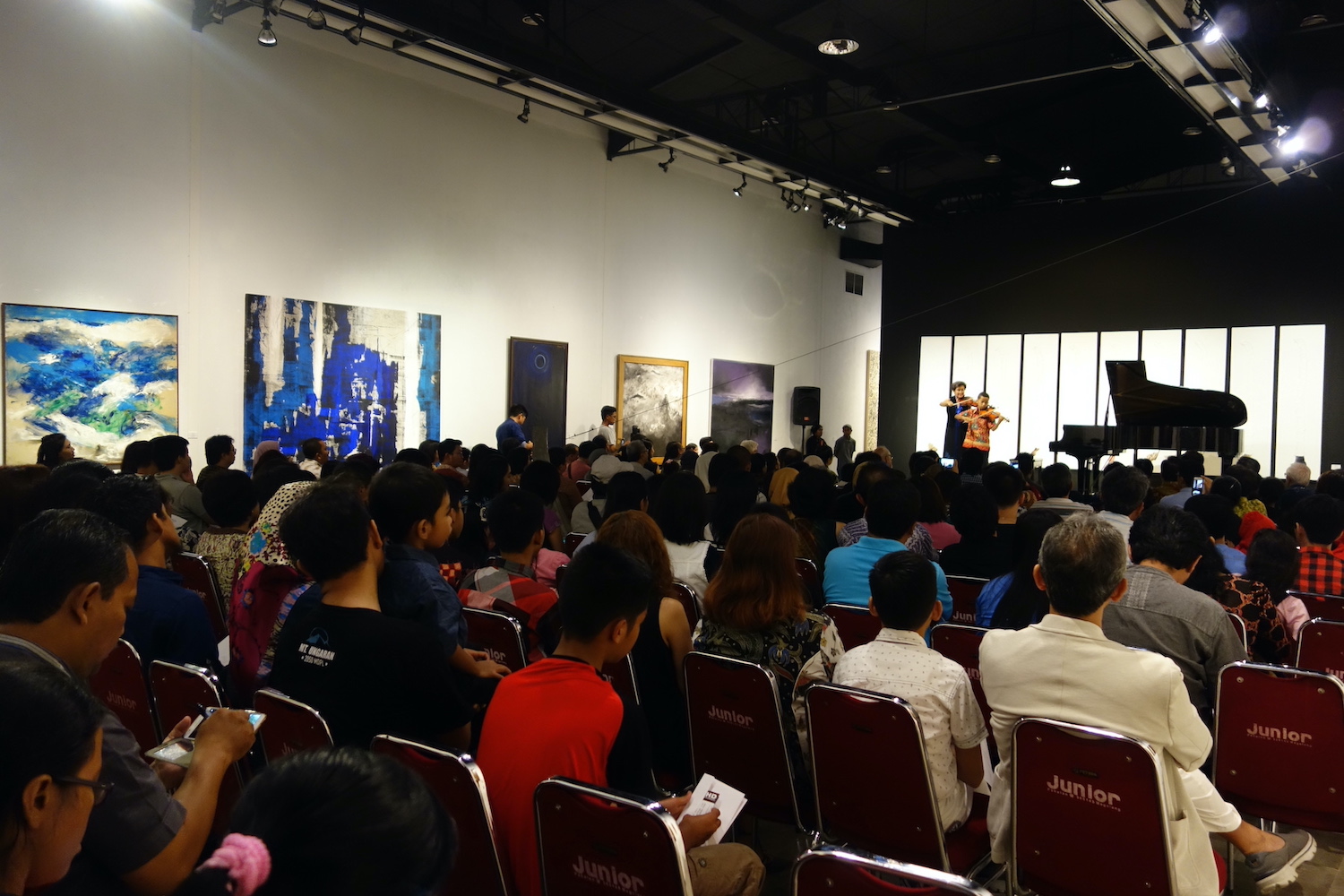
What is your advice to other collectors who may be thinking about building a private museum or a publicly accessible art space?
Start, do not delay, as from delay comes cancellation. Indonesia needs a lot more art museums or publicly accessible art spaces. You learn while you practice, and you will never be perfect. Do not fear critics; without it, you will not progress. Be yourself; a private collection should reflect the soul of the collector.
What do you think about the market of Indonesian contemporary art? What are the roles of art collectors in it?
I have observed several booms in the Indonesian art scene since the late 1980s. Different causes ignited the booms. The craziest was the short-lived contemporary art boom of 2007-2009, which made many young artists instantly rich. The sudden skyrocketing prices of Indonesian contemporary art did not make sense. When the bubble burst, it was ruining many inexperienced young artists. However, certain established artists benefitted from the boom as they succeeded in joining the global market. The collectors were also affected, particularly the novice collectors.
In the last few years, I did not observe another boom in the Indonesian contemporary art scene, but the opposite, a slowdown of the market.
In a market boom, collectors always play the most prominent role as they are the essential buyers, while the auction houses play a significant role in creating the atmosphere.
Related: OHD Museum
By Ricko Leung





